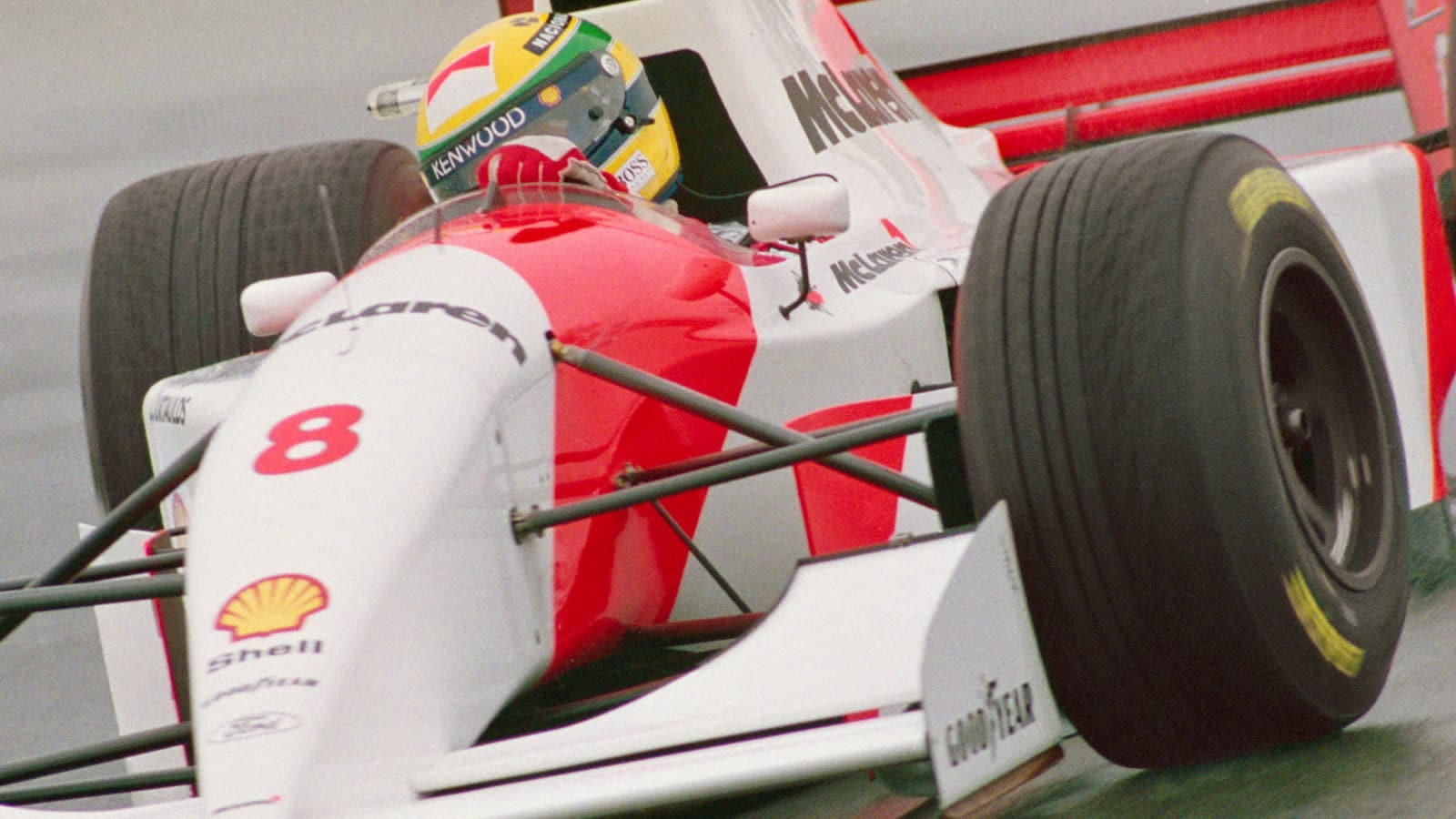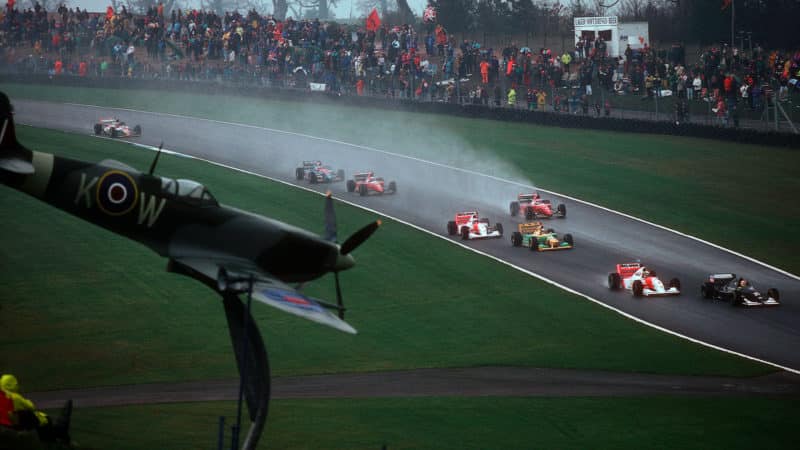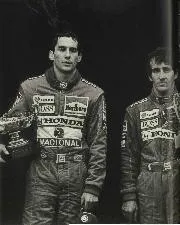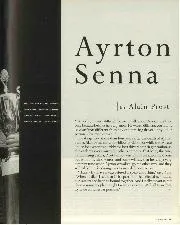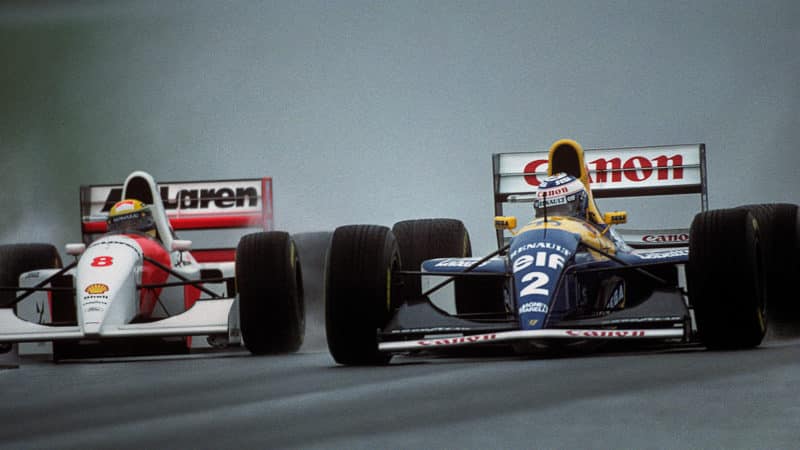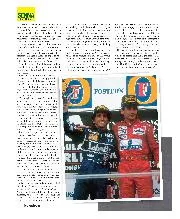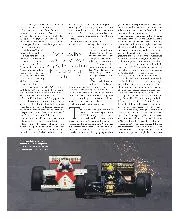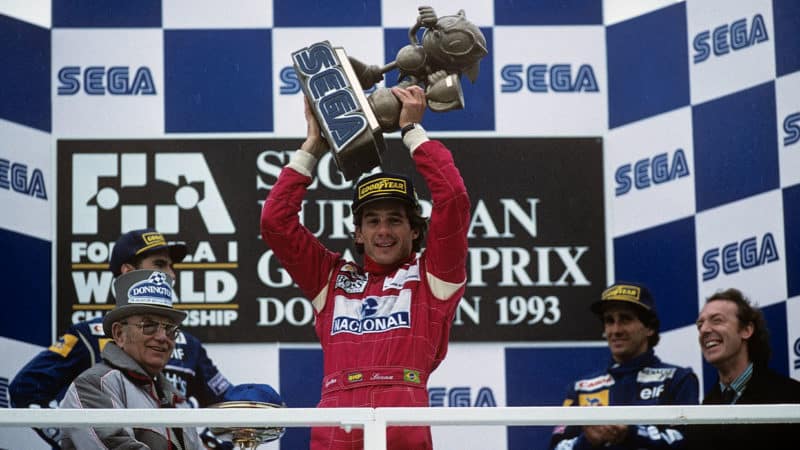“There was a great deal of fuss about Ayrton leading,” Phillips says, “and I assumed I hadn’t noticed Andretti in all the excitement. Next time around, though, he clearly wasn’t running so I trudged away to find him. I wanted to stay and watch, but had a job to do. I didn’t have the right pass to get into the pits, but eventually talked my way into the McLaren garage and found Michael. He was very hooked up in the race, though, because the team wanted him to observe what was happening and it wasn’t easy for him to talk. We eventually agreed it would be simpler if I went to see him in the States! And anyway, I was keen to get back outside to watch the action.
“That’s when I was grabbed by Michael’s then wife Sandy. She wanted to talk, something I pointed out we could do any time, but she insisted we did so immediately, then led me to the McLaren motorhome for the longest 30 minutes of my life. There had been rumours that Michael and Sandy didn’t feel particularly settled in F1, but she wanted to set the record straight and rambled on about how that wasn’t the case. To be honest I thought she was protesting too much and she seemed very stressed. I could see a TV monitor over her shoulder and sensed something of an epic was developing. Here I was, in the middle of an evolving classic but unable to pay full attention because I didn’t want to appear rude. What’s more, I was sitting in the motorhome of the driver making headlines but wasn’t in a position to appreciate any of it. It wouldn’t have been quite as ironic if I’d been cornered at Minardi or somewhere. I did eventually disengage myself, but by that time the race was pretty much settled. I saw the final denouement, but missed most of the interesting bits.”
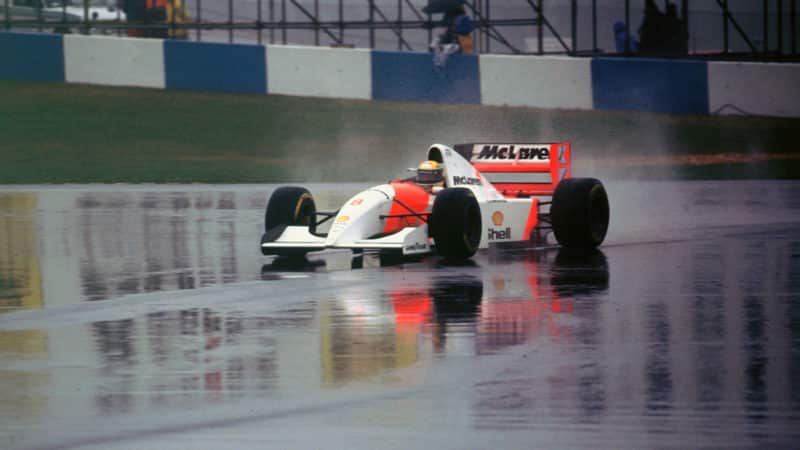
Conditions could barely have been worse in the East Midlands
Getty Images
The action on the circuit – including a flurry of tyre stops, some of them astutely judged but many not – was merely an extension of a fairly fraught morning for McLaren. “Early on Sunday we discovered a few hydraulic problems on Michael’s car,” Oatley says. “The throttle wasn’t responding correctly and we were trying to change the moog valves, but the garage wasn’t the ideal place. The pit facilities weren’t great by the world championship standards of the day. The garages were fairly shallow and the T-car was stuffed sideways, behind Andretti’s original race chassis. We decided he should race the spare and pushed it out to the pitlane so the mechanics could convert it from Senna’s settings. As it was raining, they worked by torchlight beneath a couple of tarpaulins. When they crawled out they were greeted by the sight of Princess Diana, who was one of our guests for the day.
“To compound things, the T-car — now set up for Michael to race — sprang a radiator leak when we pushed it to the grid, not the kind of thing you can fix in an instant. There was a huge panic as we ripped one radiator off, fitted a replacement and then tried to charge the system to the right pressure. It can be tricky to set that exactly right with the correct air volumes and so on. We weren’t sure it would last the full distance, but never got to find out.”
